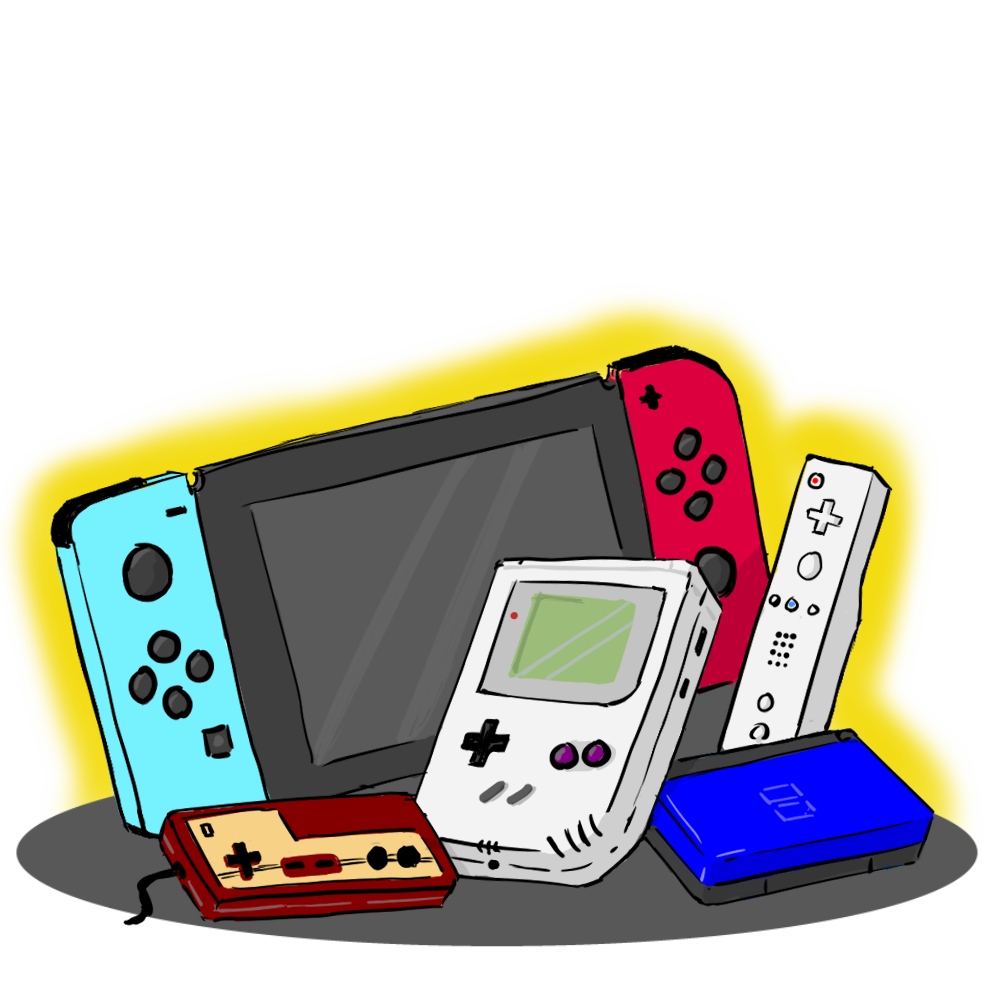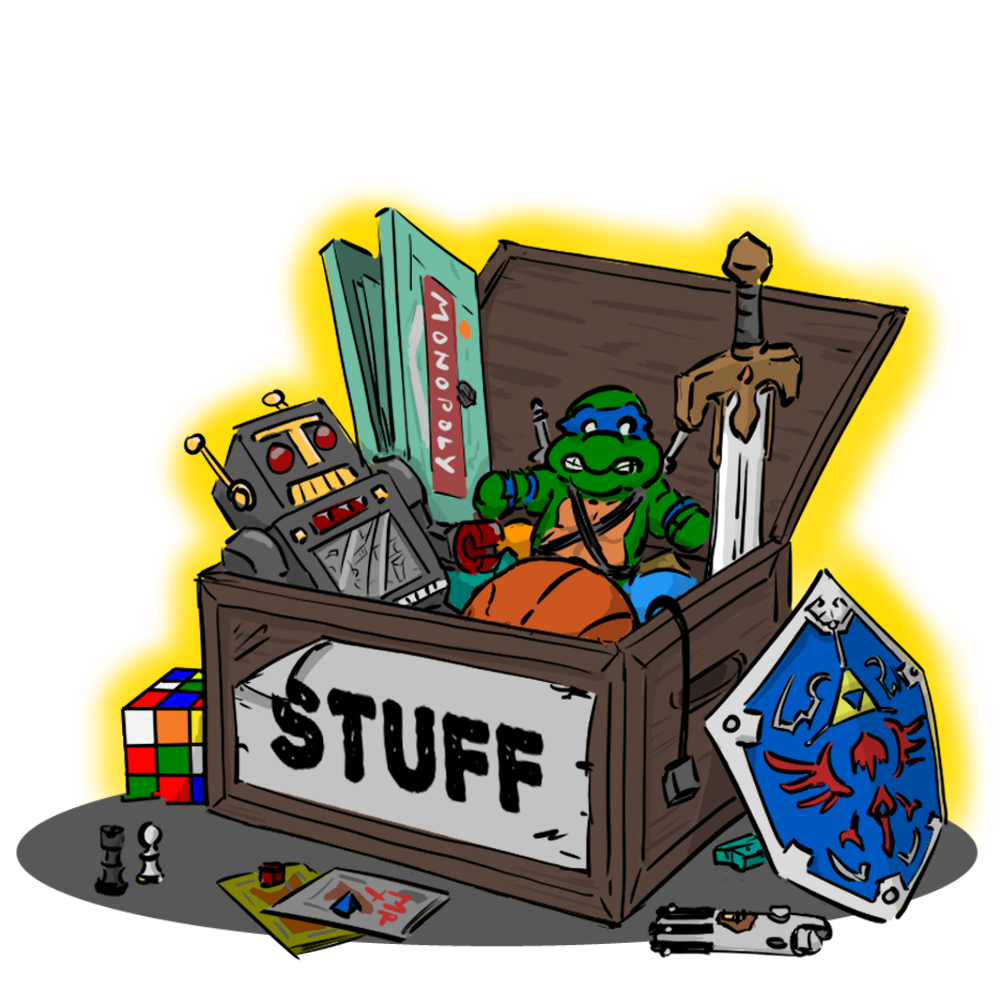I was looking for a short JRPG to play and Revelations: Persona caught my eye. I actually played this game a bit decades ago but I was intimidated by the exploration, so I figured it’d be good to give it another shot now that I’m older.

Title screen for Revelations: Persona for the Sony Playstation.
I’m glad I did because I ended up loving the experience. Let’s talk about it!
Game Basics and General Plot
Revelations: Persona is a JRPG (Japanese role-playing game) developed and published by Atlus for the Sony PlayStation. This is a subseries of the popular Megami Tensei franchise. Unlike most JRPGs released on the Playstation, this game is set in modern times and follows a group of high school students who gain the ability to summon Personas and use them to cast spells. Around the same time that they gain this ability, supernatural beings suddenly appear in their town. It will be up to your character (a silent protagonist) and his friends to save this town and the world from these invaders.

The characters are able to summon Persona after playing this game.
Like most video games released on the Playstation, Revelations: Persona uses a save system limited only by the remaining space on the memory card that you’re using. You can save your game via in-game save points called Augustus Trees. If all your characters fall in battle, it’s Game Over and you’ll have to load from a previous save. One of the criticisms of this game revolves around the lack of save points, which I agree with completely.

Saving your game via an Augustus Tree.
You can have a party of up to five characters. Four of the characters are fixed, and you can choose your fifth party member from a couple of others. There are two different endings for the game, and you’ll need to take specific actions in order to reach what’s considered as the game’s true ending.
Exploration and Enemy Encounters
One of the aspects that make Revelations: Persona stand out is how exploration is done. You explore most locations from a first-person perspective, walking in four directions along grid-based maps. There’s an auto-map that you can access that fills out each floor/area as you explore, as well as a small map in the upper right corner to help guide you.

The high school location.
There is an “overworld” section depicted in polygon graphics. This represents the town that the protagonists live in. Your party is represented by a green marker that you can move across the map. Enemies are invisible and random. These enemy encounters can take place while exploring corridors or on the overworld.

The hospital is a location you’ll need to go to early in the game.
Occasionally, you’ll come across rooms or special areas where there are no enemies. In these areas, you can move the main character around. You can talk to your party members and other NPCs in these areas. Treasure chests and item boxes are only available in these types of areas.
Battle System
Battles in Revelations: Persona are turn-based. Before each turn, you are given the options Fight, Contact, Auto, Escape, Form, and Analyze. Choosing Fight will let you assign battle actions to your party members. When you’re done, your party and the enemies will perform their actions in a sequence that’s determined by their stats. You can attack with melee weapons or guns, summon Persona to cast spells, or use items.

You’ll pick Fight most of the time you see this menu.
Escape will give you a chance to run away from battle but if you fail, the enemy party will get a free turn at your characters. Analyze will let you check attributes of each of your enemies. Form will let you change your formation at the cost of your turn. Formation is quite important in this game, which is why changing it during battle is costly.

Changing formation in battle.
Battles in Revelations: Persona take place on a plane. Weapons and spells have specific ranges and area of attacks. Having a character too close or too far from enemies may limit the attacks they can do. Some enemy spells also have attack areas, so if you have your characters bunched up, they can all take damage from attacks with wide effect areas. Note that you can change your party’s formation outside of battle. You can even have different formations saved up.
Dealing with Demons
What really sets Revelations: Persona apart from other JRPGs is the ability to negotiate with enemies. During battle, you can choose the Contact command and select any of the enemies you’re in battle with. You’ll then select any of your party members who each have four ways to interact.

Mark can Dance, Provoke the enemy, Stare, or Lie to the enemy.
Enemies have four emotional gauges – Joy, Anger, Fear, and Interest. When you interact with them, at least one of these gauges will be raised. Fully raising Joy, Anger, and/or Fear can have several outcomes like making the enemy more aggressive, putting them into a happy state, or making them run away from battle. When Interest is full, the enemy will ask you what you want. You can then ask for it’s card, and if your level is high enough, it’ll grant your wish.

You get stronger Persona by combining two cards in the Velvet Room.
Having an enemy’s card offers several advantages. For one, interacting with an enemy whose card you own will make them leave battle. I do this a lot against tough enemies. But the biggest reason to get enemy cards is to combine them into new Persona. Certain combinations will result in specific Persona. Some of them are really powerful, granting access to upgraded spells. It is tough to beat this game with the starting Persona alone.

One of the stronger Persona.
There’s a deeper layer involving Persona that I never got into, like using items to make them even stronger. If you want more complex mechanics, the game has it. As a casual gamer, I was happy to get whatever strong Persona I could at default stats.
Story and Characters
Story is very important for JRPGs, and I’m glad to say that Revelations: Persona engaged me with it’s storyline. I really liked the modern setting of the game and the quest that the protagonists take on is something I can get behind. On a high level, Revelations: Persona involves high school students who happen to gain powers that empower them to fight against demons that suddenly appeared in their town. It was neat to see these youngsters take on a responsibility that people normally wouldn’t.

The problems start to happen during their hospital visit.
While there were real stakes, the story did not feel as epic as most JRPGs do, particularly because the entire adventure was limited to the students’ hometown. I was able to complete the main storyline with the true ending in approximately fifty hours, which is shorter than what I’m used to when it comes to JRPGs. Granted, I was looking for a short adventure and that’s what I got. Other people may get underwhelmed after playing this.

This earthquake means something is about to go down.
The short runtime meant that your co-stars don’t really get the chance to shine. The game’s script did well to give each of the party members a distinct personality, but they always felt like supporting characters to me. They don’t have enough subplots which could have fleshed them out further. Again, I was looking for a short experience and I got what I was looking for.
Visuals, Sound, and Presentation
For the most part, Revelations: Persona uses traditional pixel-based art. And personally, I think that art style really holds up even decades later. It certainly works well for this game, with sprites that are so detailed, you can clearly identify them even if they’re small. Locations, other NPCs, objects, even enemies all still look good. Even the corridor sections look good. The only time this game looked dated to me were during the full motion video sequences and the overworld, which utilize 3D polygons.

You can easily tell each character apart.
When it comes to sound design, what really stuck to me are the voice clips during battles. Protagonists have many different battle cries whenever they attack or cast spells. I especially love how each character yells “Persona!” before they cast spells. Similarly, enemies make noises (grunts, screams, etc.) whenever they attack or get hit. This makes each battle sound alive. Musically, few of the game’s themes stood out for me, but that’s because the game utilizes ambient music that really just fades into the background. Thankfully, the game’s battle music is really good. You’ll hear it often and I’m happy to say that I never got sick of it.

The mysterious Philemon.
In terms of presentation, the game does it’s job but I feel that it could have done better. Menus are easy to navigate, with the exception of having a button that completely exits out of all menus. Fonts are readable, and layouts look good, albeit blander compared to what Atlus will use in their future titles. I like how characters have portraits during dialogue as it helps me visualize how they’re talking. The game is lacking when it comes to FMV cutscenes. I think anime style cutscenes would have been great for this game.
Final Thoughts
I knew that Revelations: Persona received mixed reception when it was released, and I can see why. Visually, this game was considered dated back then when the rage was 3D graphics. The game doesn’t do a good job of educating the player on what spells do or which Personas are good and bad. But the game’s biggest problem, in my opinion, is not having enough save points. I can certainly see how nerve-wracking it must be to try to make it to the final boss without being able to use save states. There’s also the issue with how this game was localized.

You’ll be chasing after Guido for most of the game.
But this game was good enough to justify a sequel. And Atlus eventually came up with massive hits in Persona 3, Persona 4, and Persona 5. Honestly, I think time has been kind to Revelations: Persona. Playing it via emulation allows the use of save states, addressing the save point problem. You now have a lot of guides available online to help understand aspects of the game that isn’t explained well. And in my opinion, this game’s traditional pixel art has held up more than any PS1 era 3D graphics (without upscaling modifications, that is).
Is Revelations: Persona one of the best JRPGs ever released on PlayStation 1? No, of course not. But it has a lot of things going for it that make it worth revisiting today. The modern setting, the unique Negotiation mechanic, and a shorter than average JRPG completion time makes this game stand out amongst the many JRPG titles in the PlayStation 1 game library.
If you want to check out the other PlayStation 1 video games that I’ve played, click here!
















0 Comments